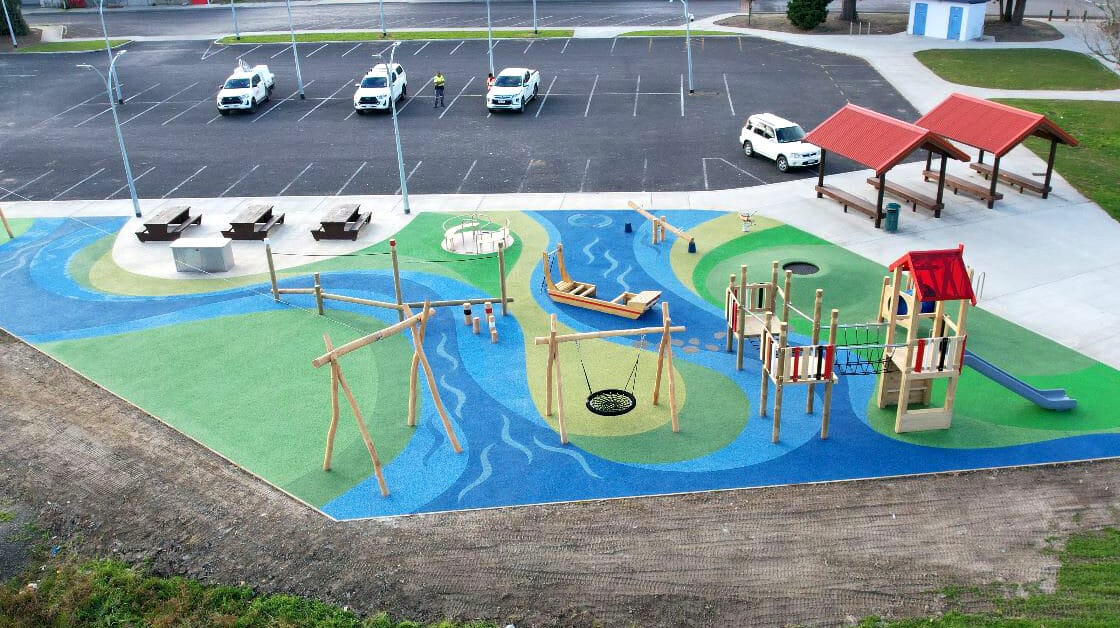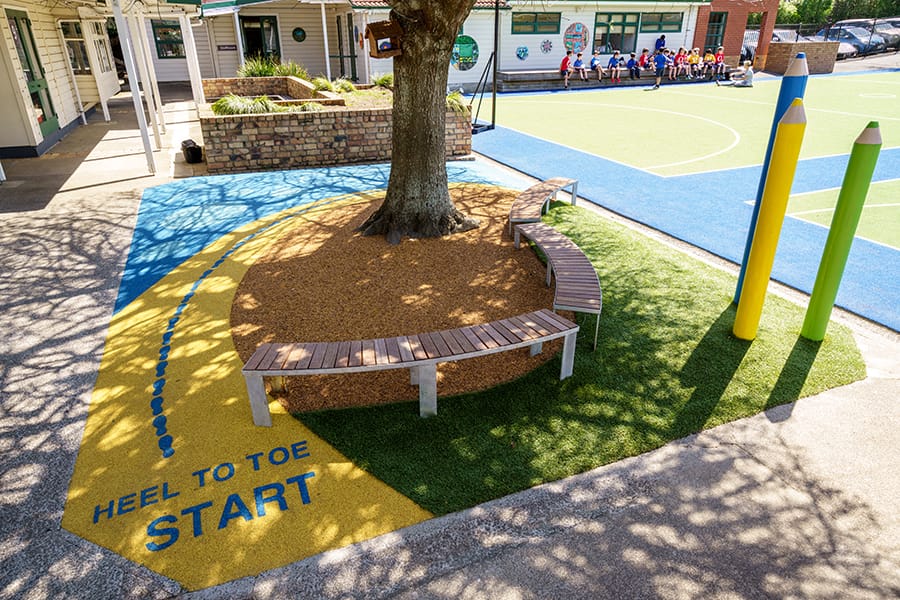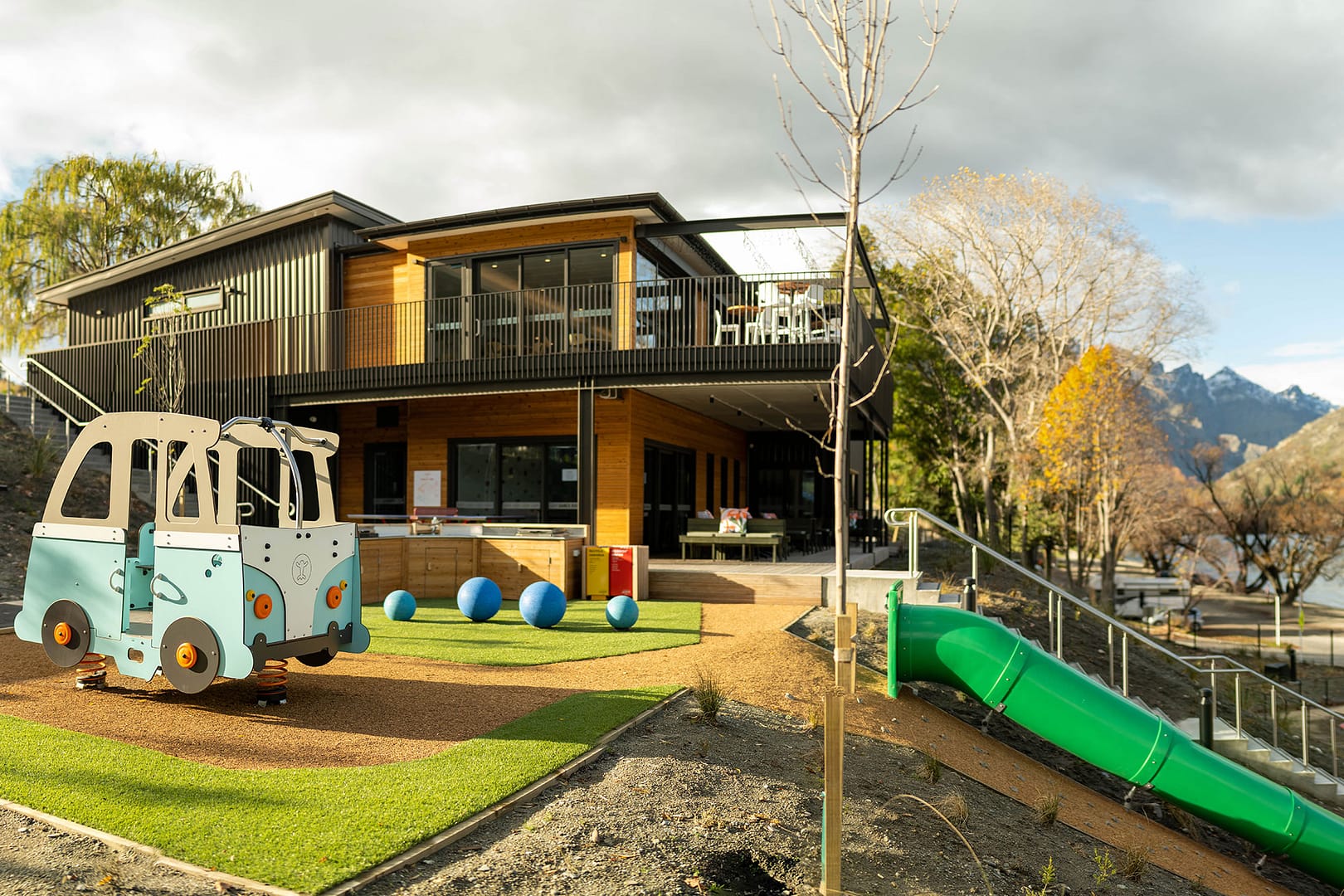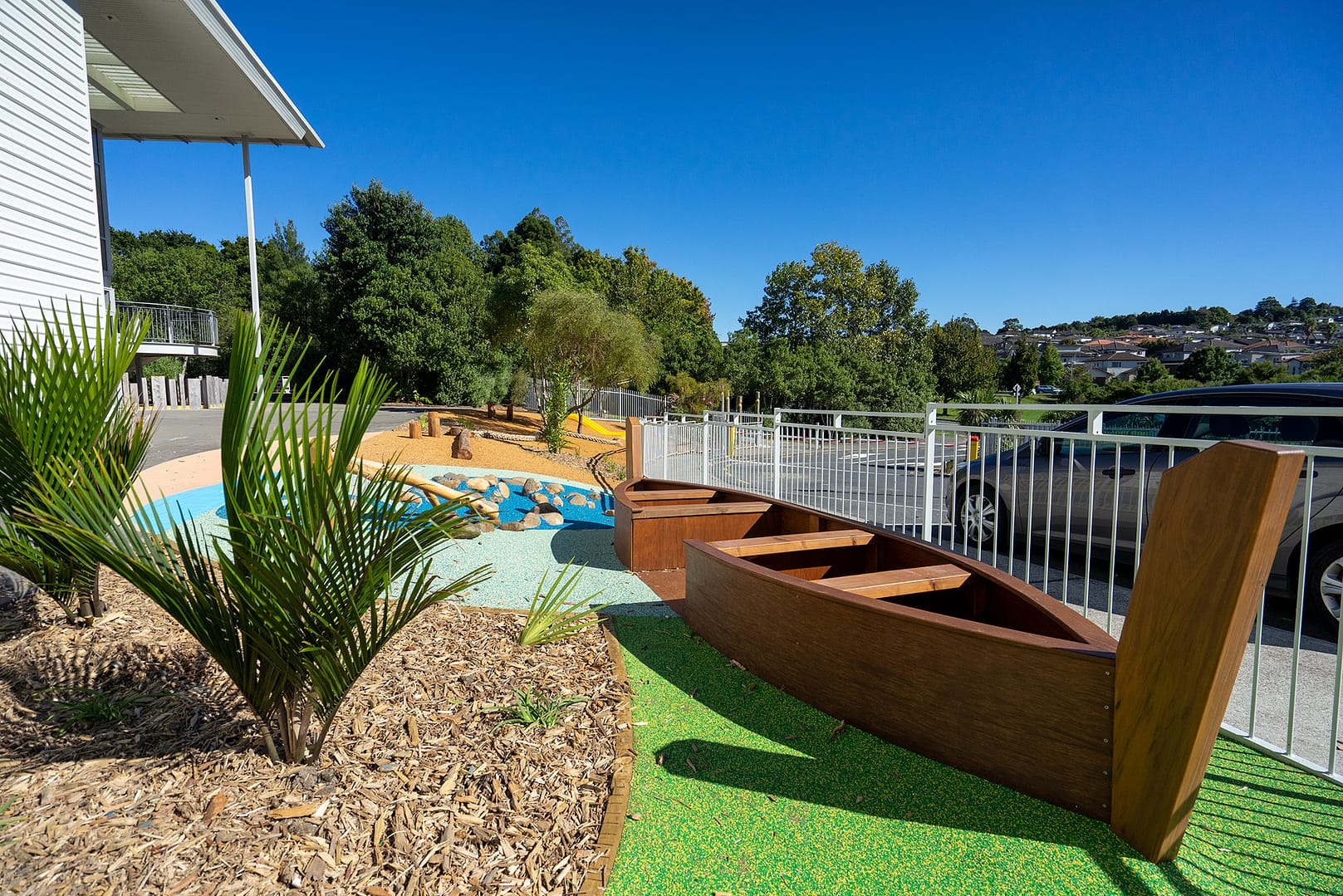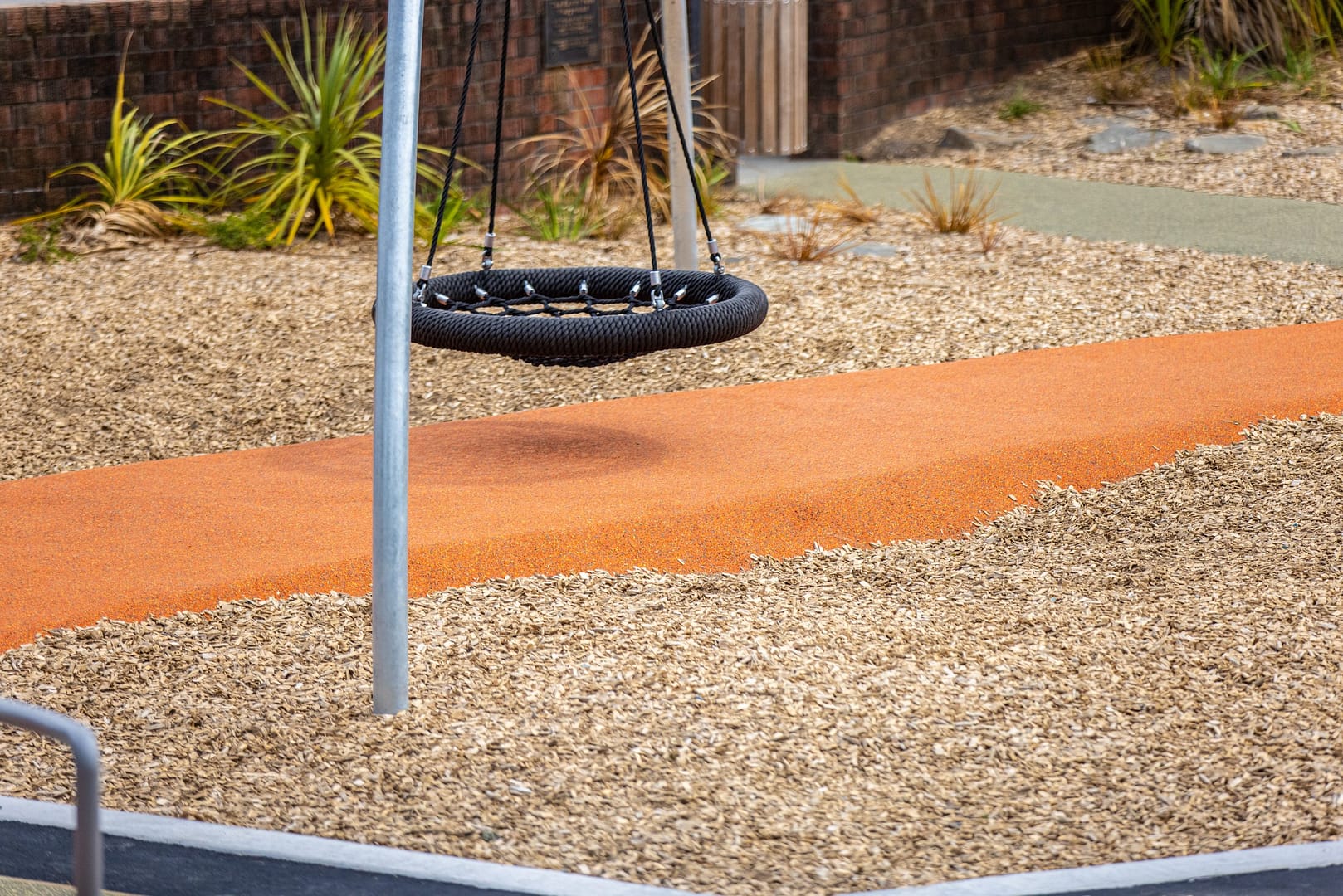When thinking of playground design, classic play elements like swings, slides, and climbing towers might pop into your mind first. Today, playground design has progressed from just a place for fun. It’s become a powerful tool for learning and community enrichment. Adding cultural and wildlife features to your space can broaden that perspective, and we will cover that in this article.
Harnessing Play Value: A Game Changer in Your Playground Design
Play value is all about how much a play environment or equipment can captivate children and keep them returning for more. When you’re thinking about your playground design, play value should be at the forefront. It’s not about piling on static, one-dimensional play equipment anymore. It’s about adding features that fire up creativity and spark imagination and critical thinking. High play value? It’s like a magnet. It pulls kids in, keeps them engaged, and leaves them wanting more.
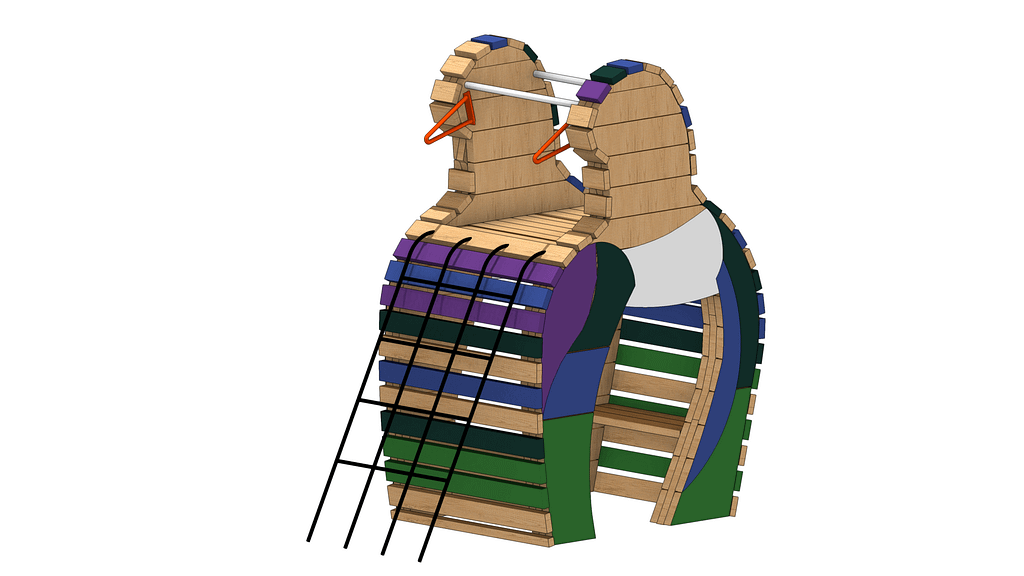
Rooting for Culture and Wildlife: Your Playground as a Learning Hub
Why not weave culture and wildlife into your playground design? When you do, your playground stops being just a play area. It morphs into a vibrant centre for cultural and ecological learning. Think of it as a fun and subtle way for kids to connect with their cultural roots and develop a sense of respect for wildlife.
There are many ways to integrate those features into your playground design. One of them is folklore. Adding a boat or a river to spark imagination and link it to the local history or tales. Wildlife can be part of the design with surfacing, or playground equipment designed with national animals, all of them playable, to add value for the kids and community.
Beyond Fun
Rolling cultural and wildlife elements into your playground design is a win-win. Besides the fun, think of the perks it offers the kids. They also soak up social and cognitive skills as they interact with these elements. The playground becomes a place where play and learning go hand in hand. And in the process, they naturally develop a sense of community and environmental stewardship.
Several studies have shown that adding cultural and wildlife features can increase the play value of your playground. Consequently, the users will learn and engage more, being part of the story the playground tells.
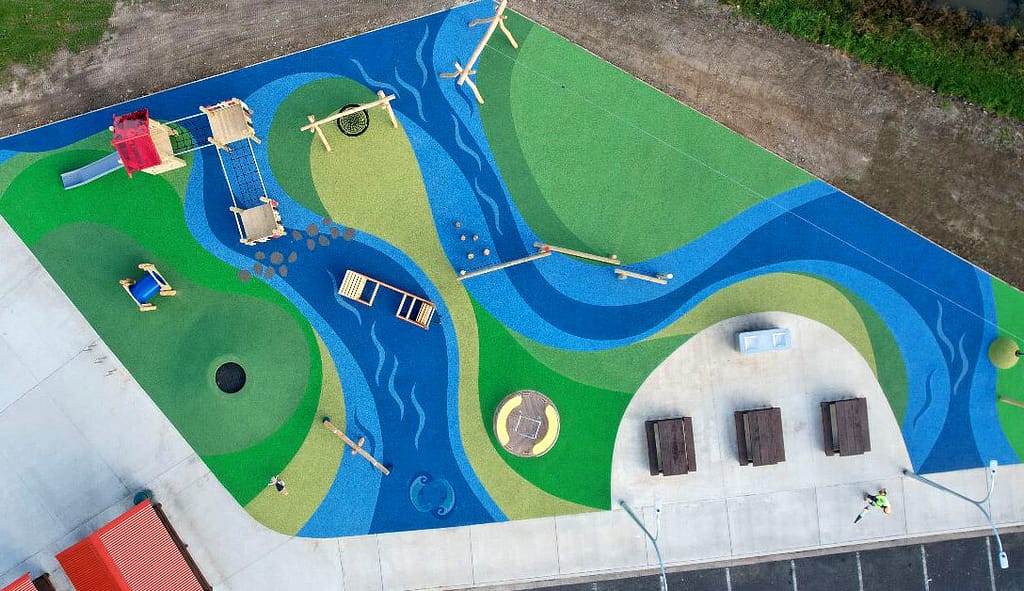
The Social Impact of this approach
Now, let’s talk about the bigger picture. A thoughtfully designed playground doesn’t just benefit the kids. It serves as a vibrant hub for the entire community. It’s a place where families can bond and where community events can come alive. And with cultural and wildlife elements in place, your playground becomes a space that fosters community togetherness and shared appreciation for local heritage and nature.
